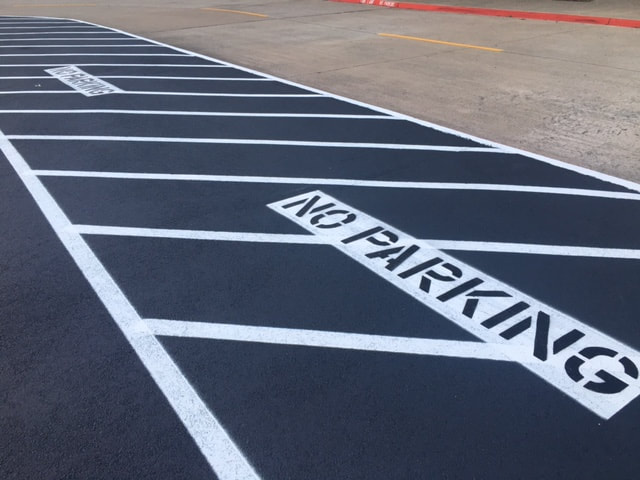Ensuring durability in asphalt paving requires careful selection of paints and materials that can withstand the harsh conditions typically encountered in outdoor environments. The longevity of asphalt paving markings is crucial not only for aesthetic reasons but also for safety and compliance with regulations. One of the primary considerations when choosing paints for asphalt paving is durability. Acrylic-based paints are widely preferred due to their excellent adhesion to asphalt and concrete surfaces, as well as their resistance to fading and weathering. These paints form a tough, flexible film that can endure heavy traffic, UV exposure, and varying weather conditions throughout the year. Acrylic paints are also known for their quick drying times, allowing for faster completion of striping projects with minimal disruption to asphalt paving usage. In addition to the type of paint, the preparation of the surface plays a crucial role in ensuring longevity. Proper cleaning and priming of the asphalt or concrete surface before applying the paint are essential steps.

Any dirt, grease, or old paint must be thoroughly removed to ensure good adhesion and a smooth finish. Priming helps seal the surface and enhances the bond between the paint and the substrate, further enhancing durability. Reflectivity is another important factor, especially for striping in low-light conditions or areas with high traffic at night. Reflective paints contain tiny glass beads or other reflective materials that bounce light back to drivers, improving visibility and safety. These paints are often used for marking lanes, pedestrian crossings, and other critical areas within parking lots. For areas prone to heavy wear, such as intersections and entrances/exits, using thermoplastic striping materials can provide superior durability. Thermoplastics are applied using heat, which melts the material and allows it to bond strongly with the pavement surface. Once cooled, thermoplastic striping forms a highly durable and reflective marking that can last significantly longer than traditional paint, making it a cost-effective choice for high-traffic areas.
Regular maintenance is essential for extending the lifespan of asphalt paving. This includes periodic cleaning to remove dirt and debris that can degrade paint over time. Touch-up painting should also be performed as needed to address fading or damage caused by weather or vehicle traffic. By addressing minor issues promptly, property owners can prevent more extensive and costly repairs in the future. In conclusion, choosing the best paints and materials for asphalt paving involves considering factors such as durability, reflectivity, and ease of maintenance. Acrylic-based paints are favored for their resilience against weathering and UV exposure, while reflective paints enhance visibility and safety, particularly in low-light conditions. For areas with heavy traffic, thermoplastic striping offers superior durability and longevity. Proper surface preparation and regular maintenance are crucial steps in ensuring that asphalt paving markings remain clear, visible, and compliant with safety standards over time. By investing in high-quality paints and materials and adhering to best practices in application and upkeep, property owners can achieve long-lasting and effective asphalt paving solutions.